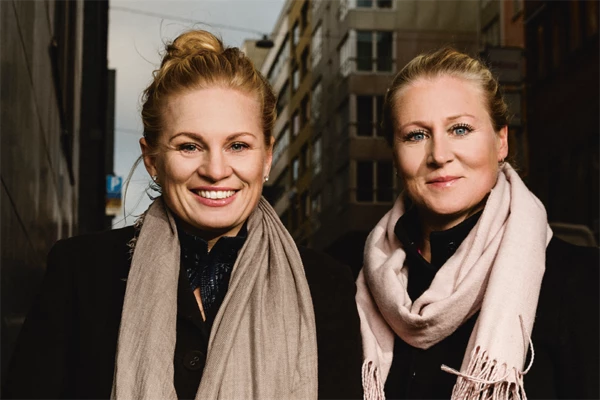Market dynamics for green bond funds
The increasing demand from dedicated funds has made its mark on both the primary and secondary markets, according to Povl Bak-Jensen, head of syndicate at Nordea.
“All things equal, investor demand is higher for green bonds compared to non-green bonds, and the dedicated green investors in particular are more ‘sticky’ in their demand. This allows issuers to price their bonds more tightly in the primary market,” he says.
NN IP’s Bos recognises that, on a bond-for-bond basis, premiums are in fact lower for green bonds in the primary market. However, he also highlights that he is comfortable with that, as “there is overall more premium to play with as a result of sourcing a larger share of supply from the primary market relative to non-green bonds.”
The fact that there is less liquidity for green bonds in the secondary markets is well-known, although Nordea’s Bak-Jensen notes that “while it is true that we are seeing lower liquidity in green bonds in the secondary market, it is more aptly characterised as ‘asymmetric illiquidity.’ That is, the illiquidity is mainly only an issue if you are looking to buy.”
As for the overall concerns around risk-return, Bos says the results so far are proving the opposite. NN IP recently analysed how the Bloomberg Barclays MSCI Euro Green Bond Index performed compared to an index of euro-denominated corporate and sovereign bonds and found that green bonds generated returns of 7.4% compared to 6.0% for regular bonds in 2019.
However, managing a green bond fund does require additional time and resources to perform a proper green bond analysis, according to Bos. Besides the credit and ESG analyst, portfolio managers themselves need to understand the green impact and the alignment with the overall strategy, he says. Yet he sees this not as a drawback but an advantage.
“We as portfolio managers are much closer to the issuers. We know them very well, and they know us. It’s almost like a partnership rather than anonymously buying a bond in the market, and that really improves what you can achieve in terms of engagement,” he says.
Katarina Ponsbach Carlsson at Lannebo shares this view, noting, “We invest exclusively in corporate bonds issued by companies that we are familiar with and where we can see a tangible impact on at least one of our three themes.”





